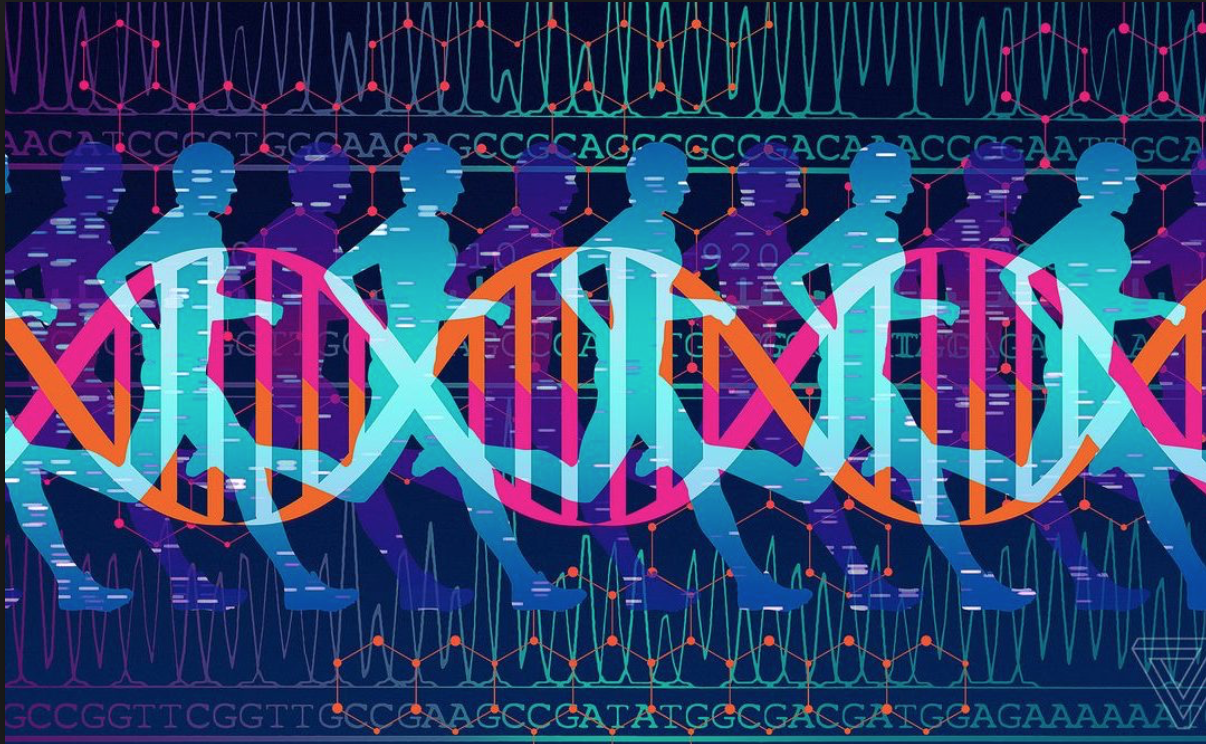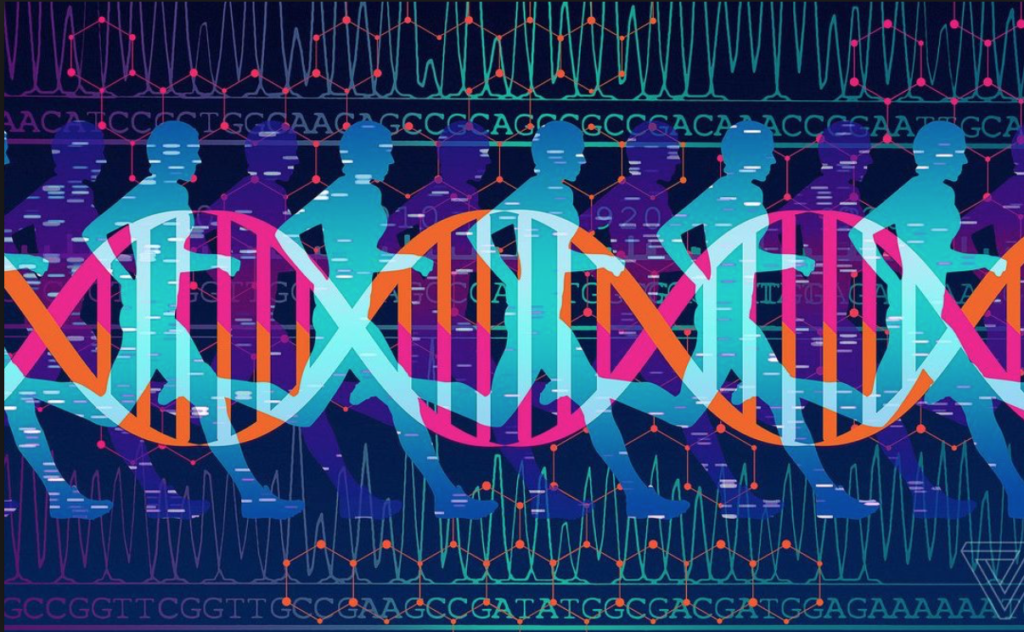GENETIC DETERMINANTS OF PAIN AND THEIR ROLE IN ATHLETICISM

 BY EMMA ELLIS – “It is hard to beat a person who never gives up.” This quote, from Babe Ruth, mimics other sayings from athletes about the underlying grit behind their game. There’s the “it’s not whether you get knocked down, it’s whether you get up” from Vince Lombardi and the “never say never because limits, like fears, are often just an illusion” from Michael Jordan. While the accomplishments of these individuals makes them undoubtedly qualified to discuss the need for tenacity in sports, recent scientific studies have called into question whether there is more to perseverance than pure mental strength. How significant does the manner in which individuals recognize and experience pain influence their athletic achievements, and how much is one’s pain tolerance dependent on their genetic code?
BY EMMA ELLIS – “It is hard to beat a person who never gives up.” This quote, from Babe Ruth, mimics other sayings from athletes about the underlying grit behind their game. There’s the “it’s not whether you get knocked down, it’s whether you get up” from Vince Lombardi and the “never say never because limits, like fears, are often just an illusion” from Michael Jordan. While the accomplishments of these individuals makes them undoubtedly qualified to discuss the need for tenacity in sports, recent scientific studies have called into question whether there is more to perseverance than pure mental strength. How significant does the manner in which individuals recognize and experience pain influence their athletic achievements, and how much is one’s pain tolerance dependent on their genetic code?
The variation in patients’ perception of pain has long been studied, particularly among geneticists. Geoffrey Woods from Cambridge Institute for Medical Research explored how one’s genetic code influences their perception of pain in an analysis of 578 individuals with osteoarthritis. The study located a difference in the identity of a nitrogenous base, an insertion of an adenine instead of a guanine in the SCN9A gene, that was linked to higher levels of pain experienced. Woods estimates that approximately 10-30% of the population carries this form of the SCN9A gene, which, in combination with other genes, may account for their lower pain threshold. This genetic mutation alters the formation of a channel protein on nerve cells that facilitates the entrance of sodium when pain is experienced. Individuals with this mutation have more significant action potentials, or nerve impulses, leading to stronger pain signals experienced. Other studies have replicated this genetic distinction among healthy sample populations, illustrating that Woods’ conclusion extends beyond osteoarthritis patients.
Additional genes have been pinpointed that affect one’s ability to experience pain. In a Proove Biosciences study of 2,700 individuals, the COMT, DRD2, DRD1, and OPK1 genes were evaluated. The DRD1 gene was 33% more likely among individuals in the low-pain cohort than in the high-pain cohort, while the COMT and OPRK genes were 25% more prevalent among individuals in the moderate-pain cohort than in the high-pain cohort. The DRD2 gene was associated with individuals that experienced moderate levels of pain.
Results from studies like these suggest a greater relationship between pain and one’s genetic code than previously imagined. In the context of athleticism, the newest fascination with genetic determinants for pain perception adds yet another layer to the traditional “nature or nurture” argument: how much is athleticism inherited or formed? In his novel, The Sports Gene: Inside the Science of Extraordinary Athletic Performance, David Epstein suggests that the two options are not mutually exclusive. Athletes may have the genes that increase their ability to tolerate pain, perhaps better enabling them to complete that extra sit-up, but that alone does not guarantee their success.
